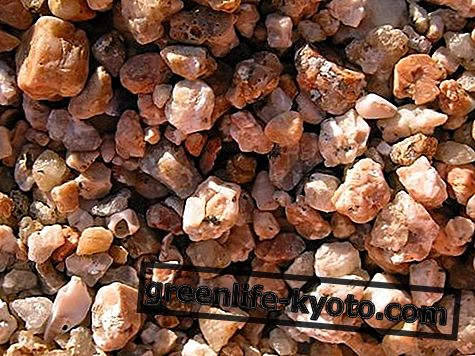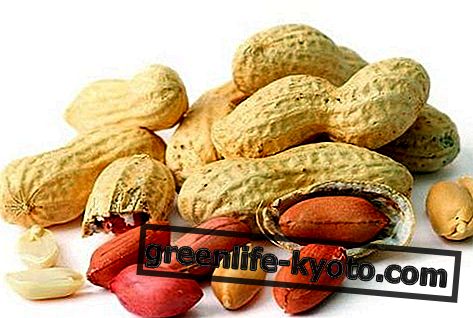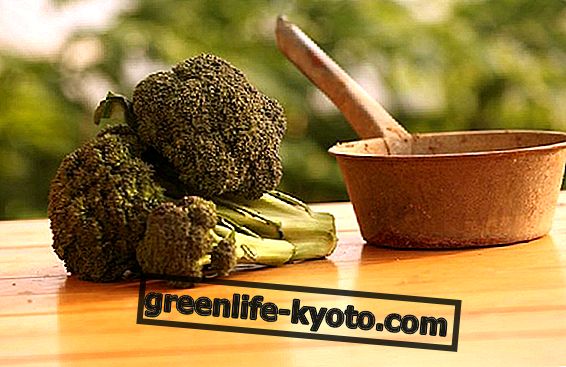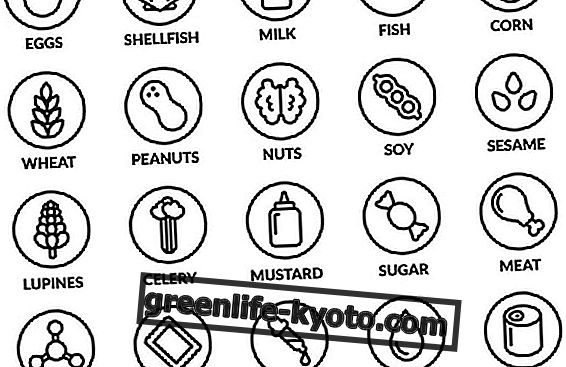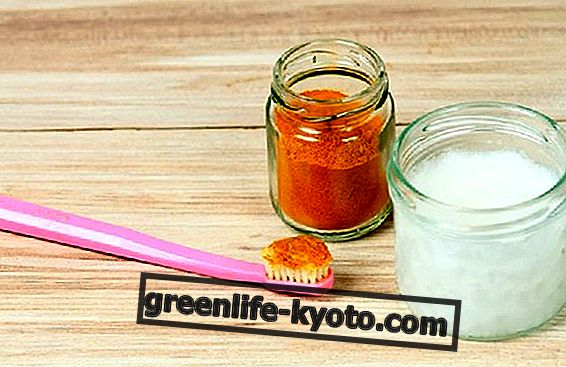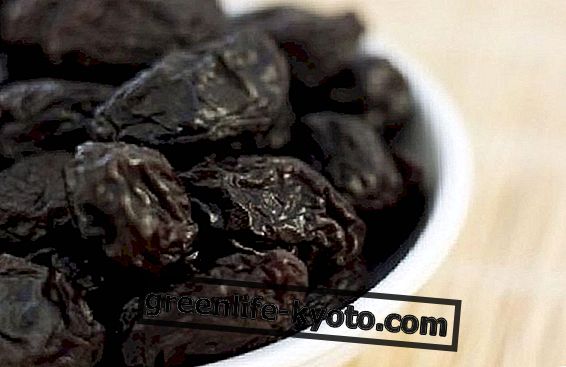
The author is Miyoko Schinner, an expert chef of vegan food in San Francisco and of Japanese origin, herself a vegetarian for over forty years and a twenty year vegan.
Famous restaurant owner in Brooklyn, Miyoko runs vegan and cooking classes. The idea of translating his book into Italian is from the "Il Punto d'Incontro" edition: "Artisan Vegan Cheese" in the mother tongue, which in Italian becomes "Homemade vegan cheeses". Here's what to expect if you're even thinking about buying it.
A delicious alternative to dairy products
It is not just the subtile, but a true truth. Making vegan cheeses is not that complicated and, above all, it is very satisfying from the point of view of the palate.
The first five sections of the book are perhaps the most interesting because they teach the basic techniques of processing alternative cheese products . It turns out, for example, that Schinner has transformed her home into a veritable vegan cheese workshop, truly experiencing everything from raw cheese made with dried fruit, to the most unusual varieties made with vegetable yogurt .
As you stress yourself, the ingredients of those who experiment with vegan cheeses are above all patience and love ; in fact sometimes it is less the work you need to prepare them than the waiting time to taste them.
Miyoko also pauses to describe how the process of fermentation and transformation of the cheese takes place, so as to fully understand the mechanisms that make non-vegan cheeses have the taste they have.
However, the last four parts dedicated to the recipes that can be prepared with vegan cheeses are no less. Here is a summary.

Vegan cheeses, between technique and recipes
First part: aged artisan cheeses. In this section we discover how to make rejuvelac, a fermented beverage rich in probiotics and lactic acid, made from whole grains; the goat of cashews ; boursin, rich in herbs and garlic; the brie; gruyere, cheddar and even fresh mozzarella, mascarpone and macadamia ricotta.
Second part: mature cheeses. Here the imagination ranges and the processes become slower, learning the maturing processes. Goudar, emmenthal and seasoned cheddar, along with parmesan and camembert - also in the surprising hemp version - are just some of the proposals.
Third part: cheeses to melt . Here the secrets of a perfect "fondue", which the author explains also reside in the choice of the thickener. Cheddar and melting mozzarella among the most interesting recipes.
Fourth part: almost instant cheeses . This section is dedicated to those who just don't have any, or for those occasions when you can't wait for even one day of cheese fermentation! Here are the three ricottas: tofu, cashew and almond; soy curd, oat cheese, fast dried fruit parmesan or smoked provolone cheese.
Fifth part: the other alternatives to dairy products . This section not only allows you to discover alternative to real dairy products, but also to produce vegetable dairy products, thanks to natural and whole foods, without resorting to handled ingredients, such as soy protein isolates, found in many industrial vegan dairy substitutes. In addition to almond milk, you will find sour cream, yogurt and coconut cream to whip.
Fondue and sauces with cheese; appetizers and appetizers, such as caprese, figs and stuffed mushrooms, arancini, even a brie in crust.
Main and side dishes ; here you can go from pasta to American-style pasta, butternut pumpkin ravioli with gruyere, béchamel, thyme and shallots, margherita pizza, spanakopita (Greek traditional savory pie) and calzone with "ricotta" and chard.
Desserts and sweet dishes based on cheese where, in addition to the classics, such as tiramisu, we offer totally original and curious desserts, such as the "ricotta" lemon pancake with blueberries, or the golden carrot cake with cream cheese icing, or even the "cheesecake" crudiste creamy and frothy.


